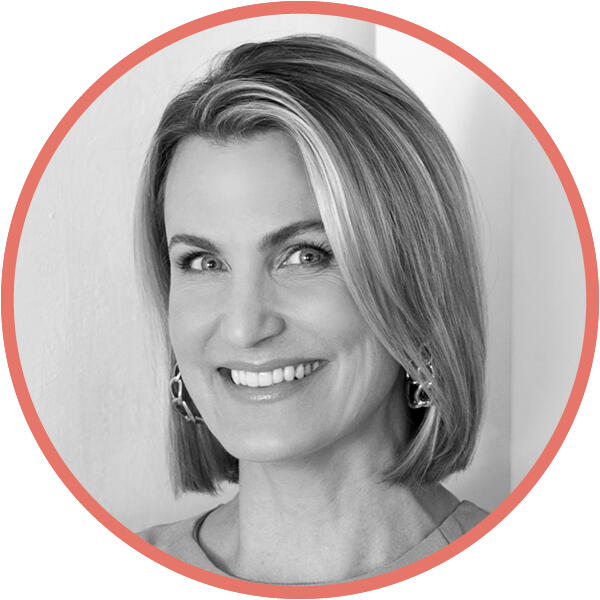Finding connection (and guidance) through creative community helped Houston-based Chandos Dodson Epley break out of a business rut. By rebranding her firm as a premier destination for art sourcing, she began to grow and thrive at a whole new level.

You had a long stretch where you were successful but feeling stagnant in your business.
When I joined the Design Leadership Network in 2019, my firm was busy and had been operating at status quo for at least five years. Business was steady and the market was good, but I wasn’t really working on the types of projects that I wanted to work on, so I had started looking at avenues to accomplish that. Being in one of the DLN’s forum groups helped me realize that I was at a growth point, and that I needed to have someone analyze my business and help me develop a marketing and branding plan. That’s how I ended up working with [New York–based creative business strategist] Kate Verner. She helped me gear my business toward staying brutally focused on what I wanted it to be.
That’s such a fierce way to describe it. What did it entail?
I started an art advisory business in 2011 called C2 Art. We manage AT&T’s collection nationwide and BNSF Railway’s in Fort Worth, Texas. In the beginning, that was a separate piece of the puzzle that married well with my design business, but they were two different entities. But while I was working with Kate, we determined that all of my projects needed to be art-centric. And really putting that out there first and foremost—defining what was important to me from the very beginning of a project and making sure it was going to be included—is what took the firm to the next level of clientele.
Were you looking for clients with a strong existing collection, or clients who wanted to build a collection with you?
Both. Either way, art needed to be a core component—because for me, a house is really never finished until it has art. Art expresses who you are in a more personal way than a sofa or a bathroom.
What does that look like in practice, and how did it change the type of people who wanted to work with you?
I had all these clients in their 50s and 60s who were spending $5 million to build 10,000-square-foot houses, but they did not own any art and found the whole process very intimidating. They couldn’t understand the pricing, and found that the art world wasn’t a friendly environment to purchase. Buying art can be a lot like walking into a car showroom and not really knowing what you’re getting or who to trust. But if you trust someone to build a house for you and furnish it, you trust them to help you buy art.
How did Kate push you to realize that this was where you wanted to focus?
We all have to think about what makes us different from the competition. How do you suss out what you do differently from every other design firm? And we realized that our strength was really that art expertise. With that knowledge, the first thing we did was dig into social media—we hired someone to work on our brand identity in order to express who we are in that space. I also hired a public relations firm to put our name out there in a bigger way. I have not rewritten my business plan yet but I probably should, given how much has changed.
Getting comfortable with change is a big thing for you.
Yes. I have been in the field since 1998, so I’ve been through two different recessions and weathered the storm. Every five to seven years, your business changes—or the world changes—and you need to pivot. As an entrepreneur, any change that you can put in place to get yourself to the next level, whether it’s adding an admin person, upgrading your accounting software, or keeping a resource room in your office so you’re not going to the design center every time to pick your fabric—it all levels you up to a place where you might not have been before.
Change isn’t always easy. For example, it was crazy to me when people who had been blogging started doing rooms in the Kips Bay showhouse, while I had spent years working for AD100 designers and honing my skills and resources. I fought that for a long time, but I had to evolve because the world had changed. Your goals can change, too, and that’s OK. For me, it used to be about getting published or having a specific office in a specific location. Now, it’s more about the gratification that I get from finishing projects—from seeing something start on a piece of paper and end up a finished home, and how good that feels.
Homepage image: Chandos Dodson Epley deploys rich, saturated hues as a striking backdrop for contemporary art. By focusing on clientele who are looking to build their collections, the designer grew her firm to new heights | Julie Soefer Photography




































